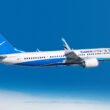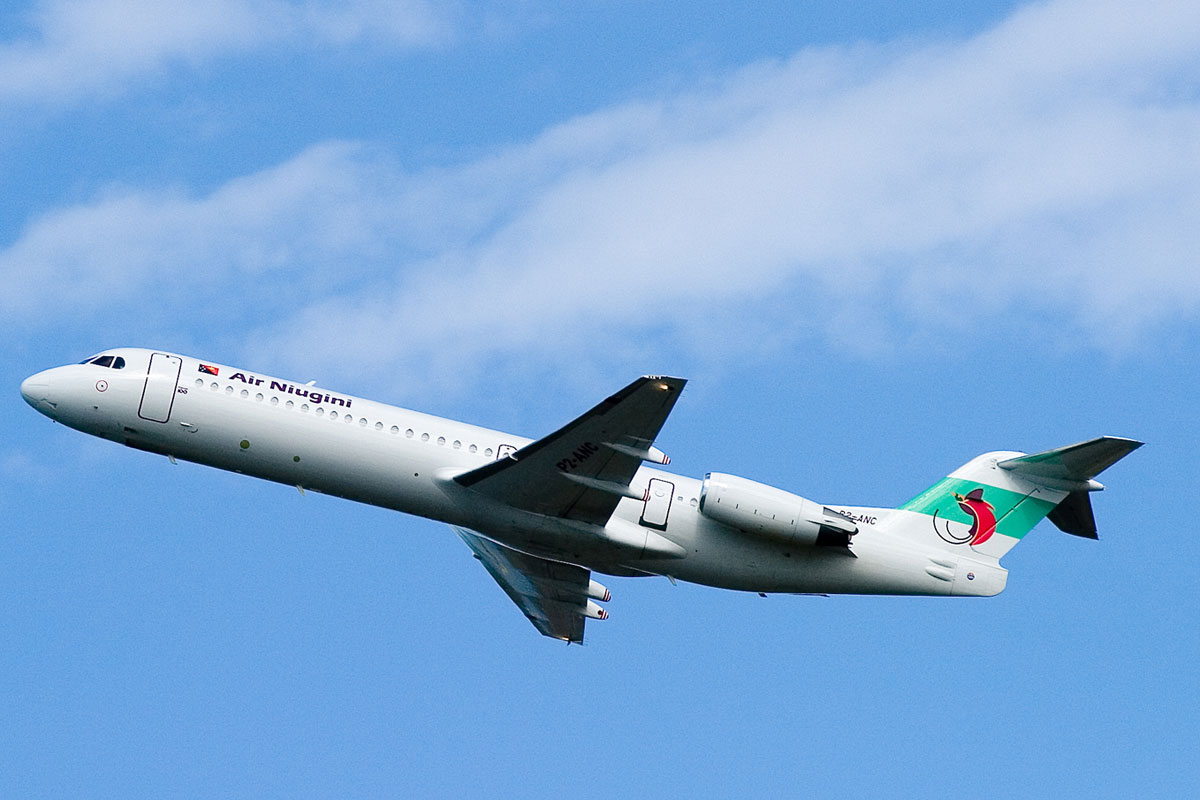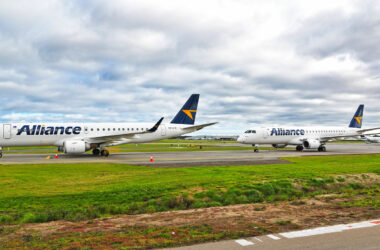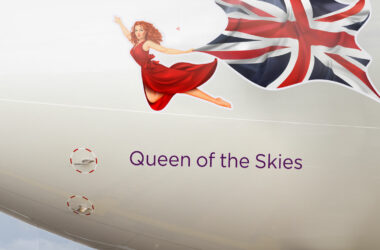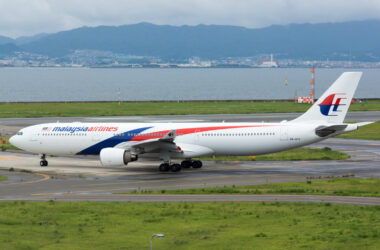Airbus has tested a new proprietary loading system to transport large military cargoes with its fleet of Belugas A300-600ST.
The development was done in just one and a half years and tries to face the Antonov An-124, which is the most used for these types of transport, but is with reduced availability worldwide due to the conflict between Russia and Ukraine.
Loading is one of the Beluga’s weak points, whose cargo deck is at a height of 5.5 meters. This requires airports to have their own crane system to load the Beluga. The Antonov can “kneel” and be loaded via a ramp, rails and inboard motors, without the need for a lot of ground equipment.
During the test, Airbus used its own lifting system, which eliminates the need for cranes, to load a Sikorsky CH-53 helicopter from Germany.
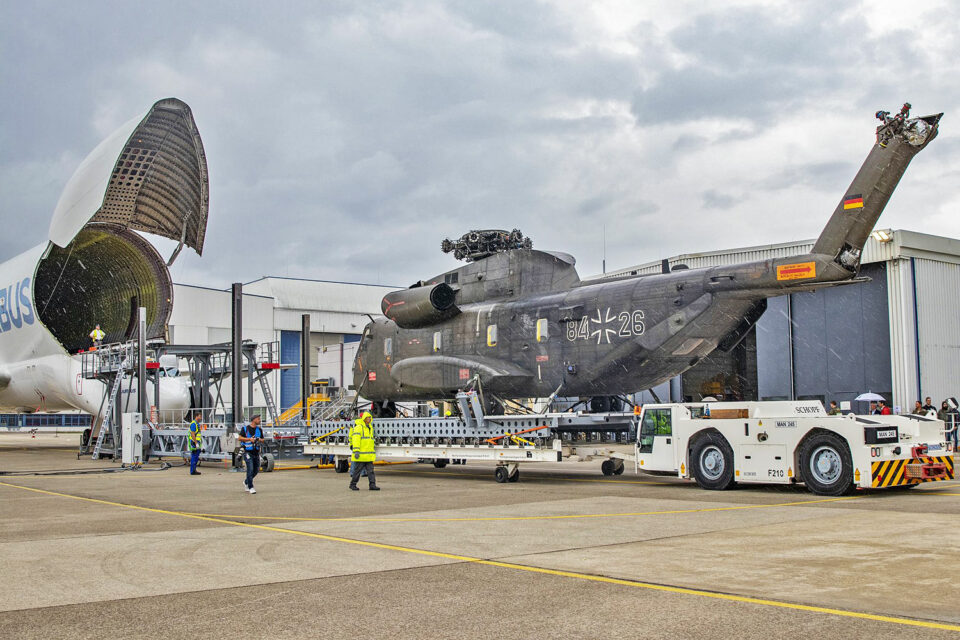
According to the company, the new system requires less disassembly and faster loading. In the case of the CH-53, preparations took an hour and a half, while the loading process took about an hour.
“The demand for outsized air cargo capability is on the rise. Capacity is scarce and, in light of current geopolitical developments, many customers are looking for new, fast and efficient solutions. This is exactly what we offer with our BelugaST fleet,” said Michael Schoellhorn, CEO of Airbus Defense and Space.
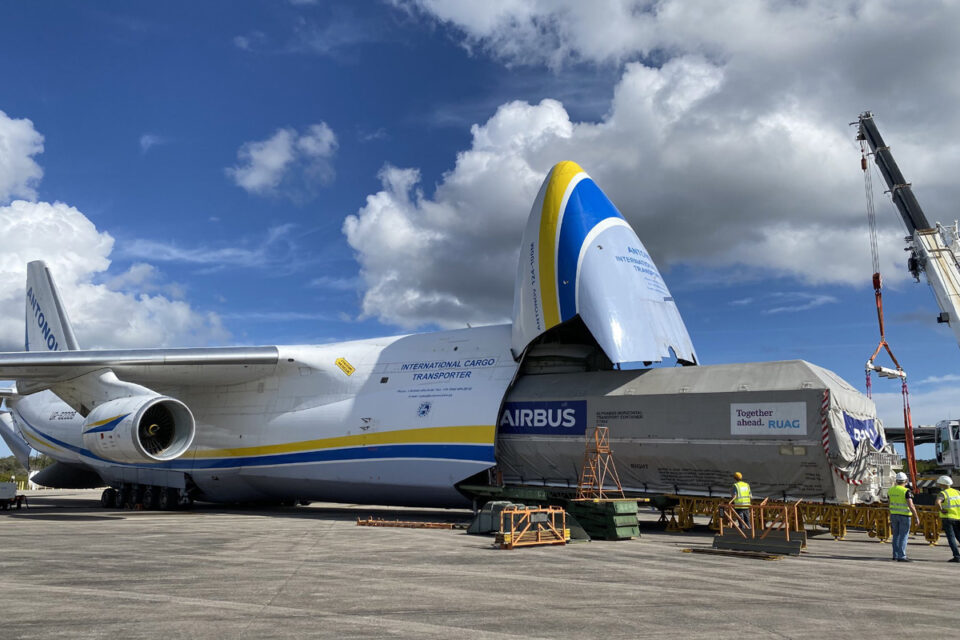
Airbus Beluga XL
The new system can load cargo units up to 35 tons and can be relocated to the aircraft’s final destination. The fleet of five first-generation Belugas was made available to customers for the transport of oversized cargo earlier this year.
To carry parts for its planes between its factories around the world, Airbus now uses the new generation Beluga XL, based on the A330-200 platform, which is larger and more efficient than the Beluga ST.
Most Antonov An-124s are operated by Russian companies and cannot provide services to large multinationals due to international sanctions imposed on Russia after the invasion of Ukraine. Rolls-Royce has already admitted to negotiating with Airbus the transport of engines with BelugaST.
However, the new system still doesn’t put the Beluga ST side by side with the Antonov, which is more powerful and can carry much more load.


